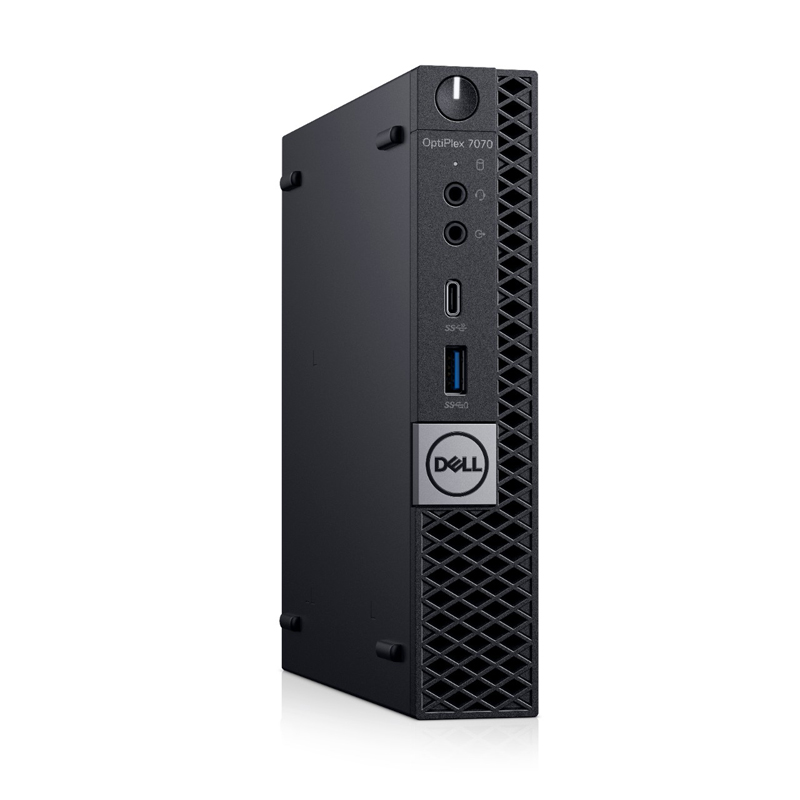You are clearly an NVR fan as I am a BI fan, so I doubt we will convince each other lol.
I had NVRs for many years. It was a frustrating experience.
You are mistaken on the power requirements of a computer being used solely for BI. Mine is lower than the NVR I run in tandem.
There is a big debate here on which is better. Personally I found the NVRs to be too clunky and not very user friendly and got to the point that I was reactive instead of proactive. I literally tested BI and knew within a few minutes it was better than any NVR I ever had.
Like literally I would go months on end not even looking at the NVR videos because the interface was too clunky and would take forever to pull up any motion from the night before. And ended up turning off the alerts because there were so many false triggers. I would only look at it if I could tell someone messed with something on my property or a neighbor asked me if my cameras caught anything.
With BI, in addition to being able to configure it such that I get notifications whenever someone gets too close to my house, I can literally in less than 30 seconds every morning do a quick review to see if there was any suspicious activity or people walking down the sidewalk at 2am. I could never do it that fast with an NVR.
I have had whatever the NVR operating system is running on go out. TWICE. Got to buy a whole new NVR - TWICE
I have had the ethernet port go out on an NVR. Got to buy a whole new NVR.
i had the HDMI port go out on an NVR. Got to buy a whole new NVR.
Most I ever got was 2.5 years. The only working part was the HDD that I simply moved from the old NVR to the new one. I got to the point of realizing that an NVR is simply a stripped down computer, so I went to BI and never looked back. I got tired of buying a whole new unit.
So in my BI Computer, at least if the SSD goes out, I can just replace it. If the ethernet card goes out, I can just replace it. If the HDMI port goes out, I can just replace it. etc.
Personally I gave up on NVRs because I have found them to be clunky and a struggle to review clips and if a component goes out like the internet port, then you are stuck buying a new NVR whereas a computer part goes out and you replace just that component. I went to BI on a dedicated machine and haven't looked back.
Keep in mind an NVR is simply a watered down computer....
I had NVRs for many years. It was a frustrating experience.
You are mistaken on the power requirements of a computer being used solely for BI. Mine is lower than the NVR I run in tandem.
There is a big debate here on which is better. Personally I found the NVRs to be too clunky and not very user friendly and got to the point that I was reactive instead of proactive. I literally tested BI and knew within a few minutes it was better than any NVR I ever had.
Like literally I would go months on end not even looking at the NVR videos because the interface was too clunky and would take forever to pull up any motion from the night before. And ended up turning off the alerts because there were so many false triggers. I would only look at it if I could tell someone messed with something on my property or a neighbor asked me if my cameras caught anything.
With BI, in addition to being able to configure it such that I get notifications whenever someone gets too close to my house, I can literally in less than 30 seconds every morning do a quick review to see if there was any suspicious activity or people walking down the sidewalk at 2am. I could never do it that fast with an NVR.
I have had whatever the NVR operating system is running on go out. TWICE. Got to buy a whole new NVR - TWICE
I have had the ethernet port go out on an NVR. Got to buy a whole new NVR.
i had the HDMI port go out on an NVR. Got to buy a whole new NVR.
Most I ever got was 2.5 years. The only working part was the HDD that I simply moved from the old NVR to the new one. I got to the point of realizing that an NVR is simply a stripped down computer, so I went to BI and never looked back. I got tired of buying a whole new unit.
So in my BI Computer, at least if the SSD goes out, I can just replace it. If the ethernet card goes out, I can just replace it. If the HDMI port goes out, I can just replace it. etc.
Personally I gave up on NVRs because I have found them to be clunky and a struggle to review clips and if a component goes out like the internet port, then you are stuck buying a new NVR whereas a computer part goes out and you replace just that component. I went to BI on a dedicated machine and haven't looked back.
Keep in mind an NVR is simply a watered down computer....





